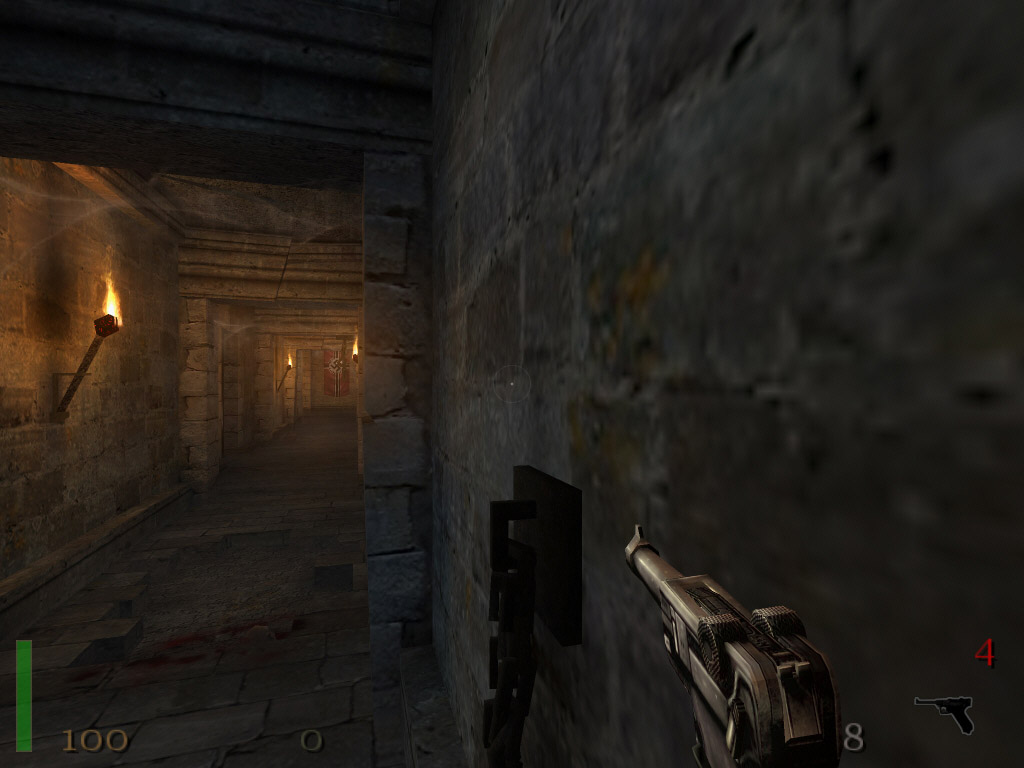There are two reasons for posting this.
One is the fact that some developers have found it fit to use aggressive LOD Bias in their games. At most times, and to the uninformed, this would seemingly result in graphics that look to be "more detailed". At other times, and to the informed, this results in aliasing that overrides whatever gains aggressive LOD Bias may "appear" to mean. There is no "law" governing developers from limiting LOD Bias in their games. Hence the need for AA solutions to solve the resultant aliasing.
The other reason has to do with users tweaking LOD Bias when afforded the chance (like the hardware they own that supports LOD Bias tweaking). Many (if not most) of them will like agressive LOD Bias while overlooking the resultant aliasing.
The question :
What would it take for a piece of hardware to be able to overcome aggressive LOD bias, whether introduced by a software by default or by a users' tweaking of it? MO is that the super-duper XXX-tap aniso won't solve this... it will come down to some form of AA... or something else I can't think of right now.
You will all know that aggressive LOD Bias is a feature likely to be implemented by "regular folks" when afforded the chance. To many, its apparent "more detailed" graphics overrides any introduced artifacts. That is the state of the overall consumer mindset about "graphics in computer games".
Note that, personally, I would wish for as an aggressive a LOD Bias I can use with a piece of hardware that allows me to adjust as such... but I am still bothered by the texture aliasing and would, hence, wish for something that can let me use incredibly aggressive LOD bias (whether by default by a game, or by my tweaking the video card's drivers if this is available) while allowing not introducing aliasing.
This is something that came to my mind while messing with the LOD Bias of my GF4 Ti4600 while playing Jedi Knight 2.
[edit]There seems to be a limit to the number of characters in the topic header[/edit]
One is the fact that some developers have found it fit to use aggressive LOD Bias in their games. At most times, and to the uninformed, this would seemingly result in graphics that look to be "more detailed". At other times, and to the informed, this results in aliasing that overrides whatever gains aggressive LOD Bias may "appear" to mean. There is no "law" governing developers from limiting LOD Bias in their games. Hence the need for AA solutions to solve the resultant aliasing.
The other reason has to do with users tweaking LOD Bias when afforded the chance (like the hardware they own that supports LOD Bias tweaking). Many (if not most) of them will like agressive LOD Bias while overlooking the resultant aliasing.
The question :
What would it take for a piece of hardware to be able to overcome aggressive LOD bias, whether introduced by a software by default or by a users' tweaking of it? MO is that the super-duper XXX-tap aniso won't solve this... it will come down to some form of AA... or something else I can't think of right now.
You will all know that aggressive LOD Bias is a feature likely to be implemented by "regular folks" when afforded the chance. To many, its apparent "more detailed" graphics overrides any introduced artifacts. That is the state of the overall consumer mindset about "graphics in computer games".
Note that, personally, I would wish for as an aggressive a LOD Bias I can use with a piece of hardware that allows me to adjust as such... but I am still bothered by the texture aliasing and would, hence, wish for something that can let me use incredibly aggressive LOD bias (whether by default by a game, or by my tweaking the video card's drivers if this is available) while allowing not introducing aliasing.
This is something that came to my mind while messing with the LOD Bias of my GF4 Ti4600 while playing Jedi Knight 2.
[edit]There seems to be a limit to the number of characters in the topic header[/edit]




